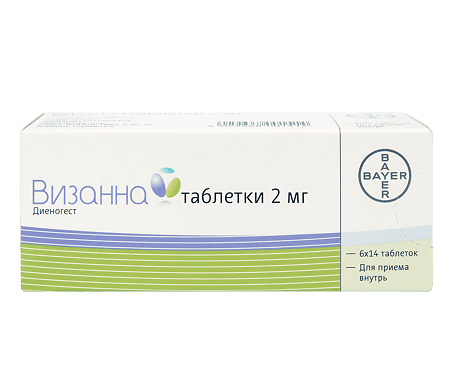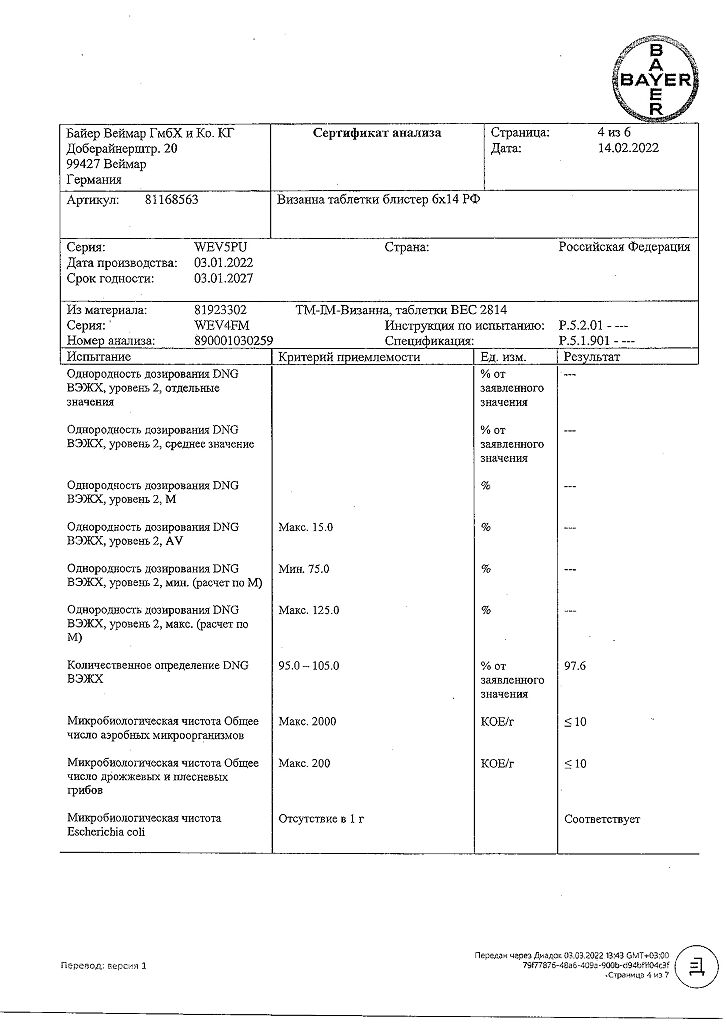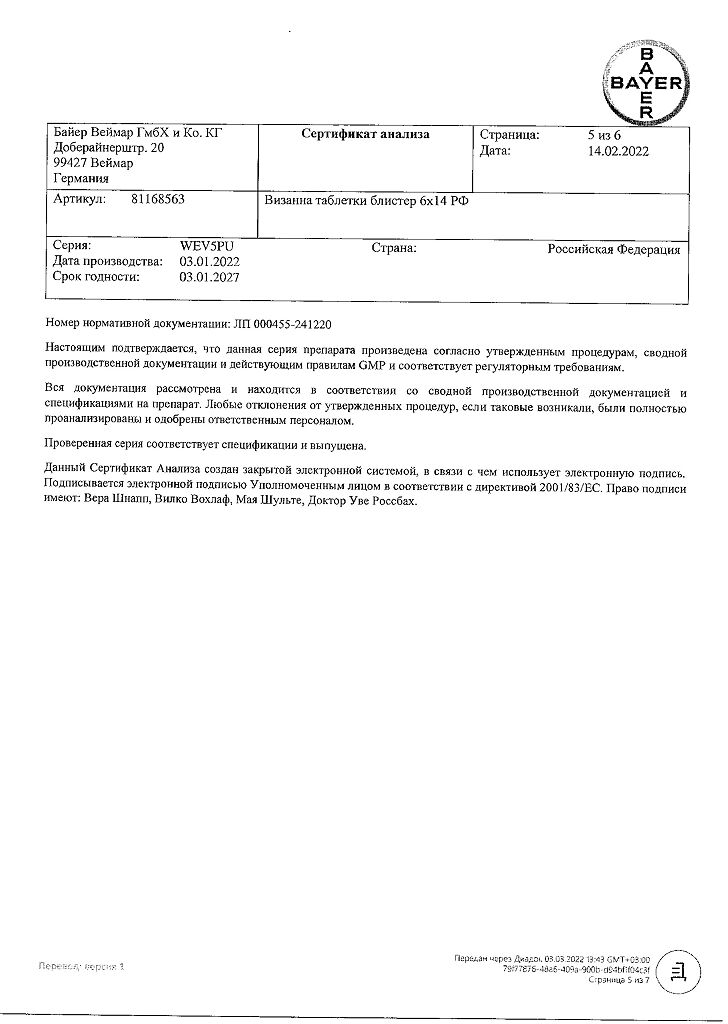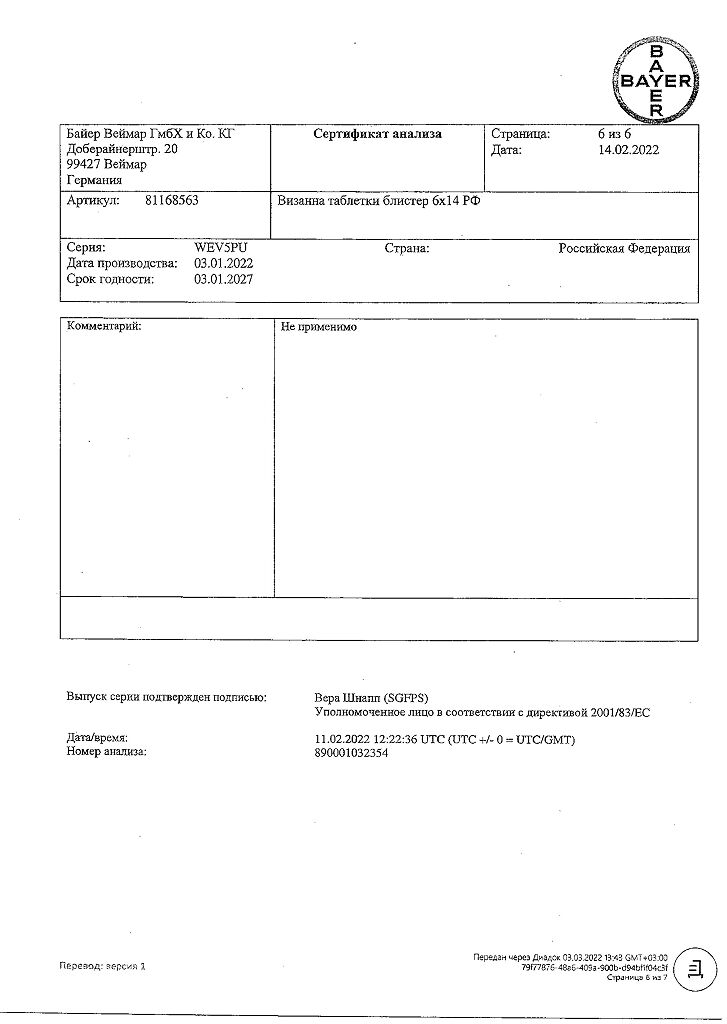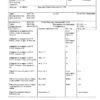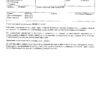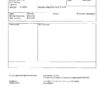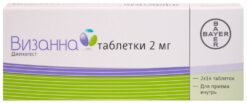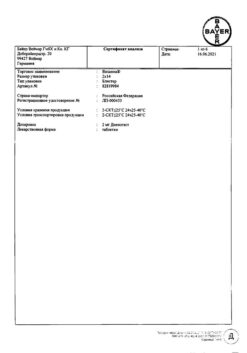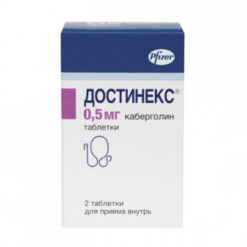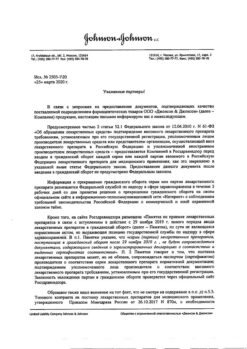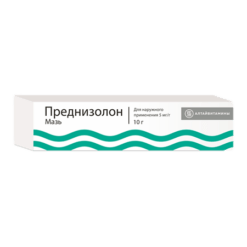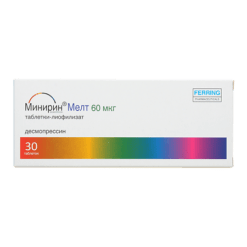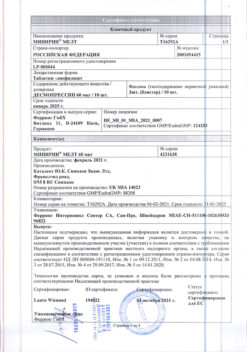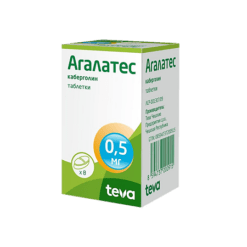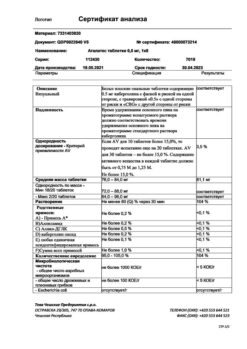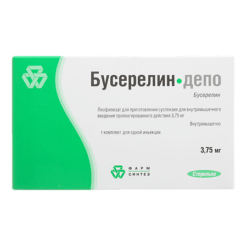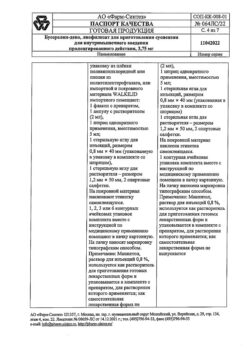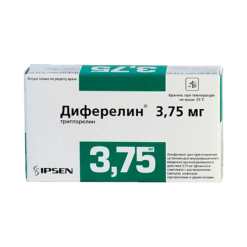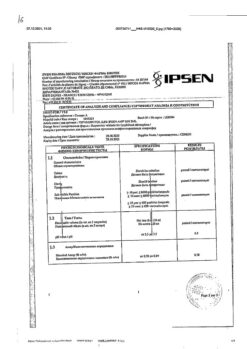No products in the cart.
Visanna, tablets 2 mg 84 pcs
€262.61 €227.59
Description
Visanne is a derivative of nortestosterone that has no androgenic activity, but has a largely anti-androgenic effect that is approximately one-third that of cyproterone acetate.
Dienogest binds to progesterone receptors in the human uterus with only 10% relative progesterone affinity. Despite its low affinity for progesterone receptors, dienogestrone is characterized by a potent progestagenic effect in vivo.
Dienogest has no significant androgenic, mineralocorticoid or glucocorticoid activity in vivo.
Dienogest affects endometriosis by reducing endogenous estradiol production and thereby suppressing its trophic effects on both eutopic and ectopic endometrium. With continuous use, dienogest creates a hypoestrogenic, hypergestagenic endocrine environment, causing initial decidualization of endometrial tissue with subsequent atrophy of endometrioid foci.
The additional properties of dienogest, such as immunological and anti-angiogenic effects, apparently contribute to its suppressive effect on cell proliferation.
Indications
Indications
Treatment of endometriosis.
Active ingredient
Active ingredient
Composition
Composition
One tablet contains:
Dienogest 2 mg.
Associates:
Lactose monohydrate,
Potato starch,
Cellulose microcrystalline,
How to take, the dosage
How to take, the dosage
To be taken orally. The tablets can be started on any day of the menstrual cycle. Take one tablet a day without interruption, preferably at the same time each day, with liquids if necessary. The pills should be taken continuously regardless of vaginal bleeding.
After completion of one package, start the next without interruption of the pills. The effectiveness of Vizanna may decrease if the pills are missed, if there is vomiting and/or diarrhea (if this occurs within 3-4 hours after taking the pill).
If a woman misses one or more pills, she should take only one pill as soon as she remembers it and then continue taking the pills at the usual time the next day. A pill not absorbed due to vomiting or diarrhea should be replaced by taking one additional pill.
There is no corresponding indication for the use of Visanna in elderly patients. There are no data indicating the need to adjust the dose in patients with renal impairment.
Interaction
Interaction
Selected enzyme inducers or inhibitors (CYP3A isoenzyme):
The gestagens, including dienogest, are metabolized primarily by the cytochrome P450 3A4 (CYP3A4) system, which is localized in both the intestinal mucosa and the liver. Consequently, inducers or inhibitors of CYP3A4 can affect the metabolism of gestagenic drugs. Increased clearance of sex hormones due to induction of enzymes may lead to decreased therapeutic effect of Visanna, as well as cause side effects, such as changes in uterine bleeding patterns.
Decreased clearance of sex hormones due to enzyme inhibition may increase exposure to dienogest, which may lead to side effects.
The substances that can induce enzymes:
The use of drugs that induce microsomal liver enzymes (such as cytochrome P450 system enzymes) may lead to increased clearance of sex hormones. These medications include phenytoin, barbiturates, primidone, carbamazepine, and rifampicin; there are also suggestions for oxcarbazepine, topiramate, felbamate, ritonavir and griseofulvin, nevirapine, and St John’s wort medications. Maximal induction of enzymes is usually noted after 2-3 weeks at the earliest, but then may persist for at least 4 weeks after discontinuation of therapy.
Substances that can inhibit enzymes:
. Known CYP3A4 inhibitors such as azole antifungals (e.g., ketoconazole, itraconazole, fluconazole), cimetidine, verapamil, macrolides (e.g., erythromycin, clarithromycin and roxithromycin), diltiazem, protease inhibitors (e.g, ritonavir, saquinavir, indinavir, nelfinavir), antidepressants (e.g., nefazodone, fluvoxamine, fluoxetine) and grapefruit juice may increase plasma gestagen concentrations and lead to side effects.
The effect of dienogest on other medications:
Based on data from in vitro inhibition studies, it is unlikely to develop clinically significant interactions of Visanna with metabolism of other drugs involving cytochrome P450 system enzymes.
Interaction with food:
The standardized intake of high-fat foods had no effect on the bioavailability of Visanna.
Other interactions:
Gestagen intake may affect some laboratory results, including biochemical parameters of liver, thyroid, adrenal and renal function, plasma protein concentrations such as lipid/lipoprotein fractions, carbohydrate metabolism parameters and clotting parameters. Changes are usually within normal limits.
Special Instructions
Special Instructions
Pregnancy should be excluded before starting to take Visansa. During taking Visansa, if contraception is necessary, patients are recommended to use non-hormonal contraceptive methods (e.g., barrier method).
Pregnancies occurring in women using contraceptives with only a gestagen component (e.g., minipills) are more likely to be ectopic compared to pregnancies occurring with combined oral contraceptives. Therefore, the use of Visanna in women with a history of ectopic pregnancies or with tubal dysfunction should be decided only after a careful assessment of the benefit-risk ratio.
Since Visanna is a drug with only a gestagen component, it can be assumed that the specific cautions and precautions for use of other drugs with a gestagen component are also applicable for the use of Visanna, although not all cautions and precautions are based on relevant results in clinical trials of Visanna.
If any of the conditions or risk factors listed below are present or aggravated, an individual risk-benefit assessment should be performed before starting or continuing Vizana.
Contraindications
Contraindications
Visana should not be used for any of the conditions listed below, which are taken in part from information on other drugs containing only the gestagenic component. If any of these conditions develop while taking Visansa, use of the drug should be stopped immediately.
– active venous thromboembolic conditions;
– heart and vascular diseases (e.g., myocardial infarction, stroke, ischemic heart disease) at present or in the past;
– diabetes with vascular complications;
– severe liver diseases at present or in the past, until liver function indicators return to normal;
– liver tumors (benign and malignant) currently or in the past;
– identified or suspected malignant tumors dependent on sex steroids;
– vaginal bleeding of unclear genesis;
– hypersensitivity to the active substance or to any of the excipients.
Side effects
Side effects
Side effects occur more frequently in the first months of taking Visansa, and their frequency decreases during treatment with the drug.
The following side effects have been reported in women while taking Visansa.
The most common side effects during treatment with Visanna that were at least considered possibly related to taking the drug included: headache (9.0%), breast discomfort (5.4%), decreased mood (5.1%), and acne (5.1%).
The following are the adverse drug reactions categorized by organ system class according to MedDRA, the Medical Dictionary for Regulatory Activity.
The adverse effects in each frequency group are presented in descending order of frequency. Frequency rates are based on pooled data from four clinical trials involving 332 patients (100%).
Frequent ( â¥1/100 and Infrequent ( â¥1/1000 to
Similarities
Similarities
Additional information
| Shelf life | 5 years |
|---|---|
| Conditions of storage | At a temperature not exceeding 30 °C |
| Manufacturer | Bayer Weimar GmbH & Co. KG, Germany |
| Medication form | pills |
| Brand | Bayer Weimar GmbH & Co. KG |
Other forms…
Related products
Buy Visanna, tablets 2 mg 84 pcs with delivery to USA, UK, Europe and over 120 other countries.

